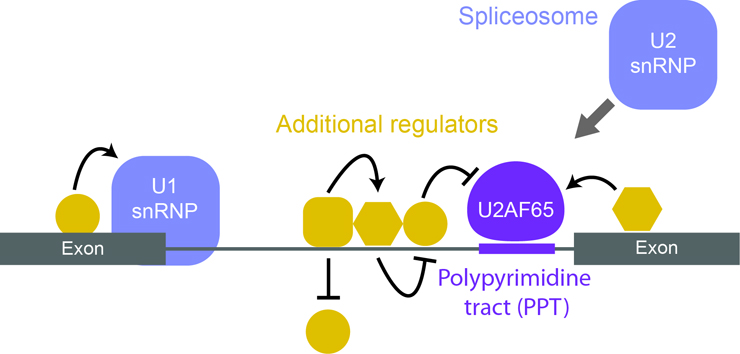

This procedure is performed by a cardiac surgeon using minimally invasive surgical techniques.
#Iclip technique software
The AtriClip, which is applied to the outside surface of the left atrial appendage, permanently closes the left atrial appendage at its base, preventing blood from entering the pouch. A Revolutionary Clipping Platform For Print Media Monitoring Media Monitoring Software Solutions PROUD USERS Technology Used Pathology Lab Software Social Media Monitoring integration Monitor the posts or feeds of a particular brand/ product from the Social Media Websites like Facebook, Twitter, YouTube & Instagram Media Monitoring Software Solutions Web Crawling Web Content Extraction from. Once the left atrial appendage is blocked, you will be followed on a routine basis by your referring physician. You will have a follow-up appointment 45 days after the procedure. Your doctor can go over these risks in detail. As with any invasive procedure, there are risks to placement of this type of device. The use of the suture delivery device does not require the use of immediate use of blood thinners. A CT scan will need to be performed to make certain that the left atrial appendage is not too large or has an unusual location that precludes placement of this device. Patients who have had prior cardiac surgery are not candidates for this procedure. Johns Hopkins is currently the only center in the mid-Atlantic region offering LARIAT as an option. The second catheter-based procedure uses a device called LARIAT to place a loop stitch around the base of the left atrial appendage, permanently sealing it off from the rest of the heart and blocking stroke-causing blood clots from entering the brain. Once the left atrial appendage is blocked, you will remain on low-dose aspirin indefinitely. At that point your, anti-coagulant medication will be stopped if complete occlusion of the left atrial appendage is demonstrated. Your doctor can go over the risks and benefits of this procedure with you in detail. What are the risks?Īlthough the device is a permanent solution, there is a small incidence of complications associated with the implantation procedure. This keeps blood clots in the left atrial appendage from entering the bloodstream. Once the device is in place, a thin layer of tissue grows over it in about 45 days. The physician then pushes the device through the delivery catheter into the left atrial appendage, where it opens up like an umbrella and is permanently implanted. The physician makes a small hole through the wall between the two upper chambers of the heart so that the catheter reaches the left atrium. The catheter is advanced through the bloodstream until it reaches the upper right chamber of the heart. The physician inserts the delivery catheter into the body through a vein in the leg. The procedure is performed under general anesthesia. This device is approved by the FDA to reduce the risk of thromboembolism from the left atrial appendage in patients with nonvalvular atrial fibrillation who are not good candidates for long-term anti-coagulation. One procedure used to close the left atrial appendage is a self-expanding, parachute-shaped device with an attached woven plastic cap called the WATCHMAN™ device. Furthermore, we also provide a detailed description of the iCLIP/iCLAP protocol that shall be particularly suitable for the studies of trypanosome RBPs.Catheter-Inserted Closure Devices WATCHMAN™ Device By using the immuno- or affinity purification approach, it was successfully applied to the analysis of several RBPs. We present the iCLIP technique modified for its application to Trypanosoma brucei and most likely other kinetoplastid flagellates. The recently developed iCLIP technique allows single nucleotide resolution of the RNA binding footprints of RBPs. Therefore, characterization of the RNA molecules bound by RBPs in vivo represent a key step in elucidating their function. N2 - RNA-binding proteins (RBPs) are critical to posttranscriptional gene regulation. JF - Methods in molecular biology (Clifton, N.J.) T1 - RNA-Binding Proteins and Their Targets in Trypanosoma brucei: Single Nucleotide Resolution Using iCLIP and iCLAP.


 0 kommentar(er)
0 kommentar(er)
